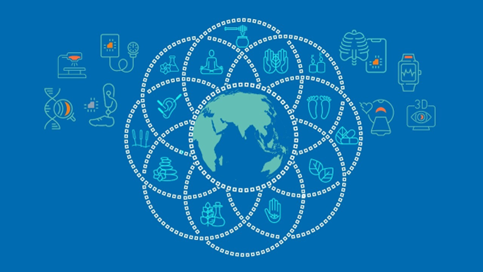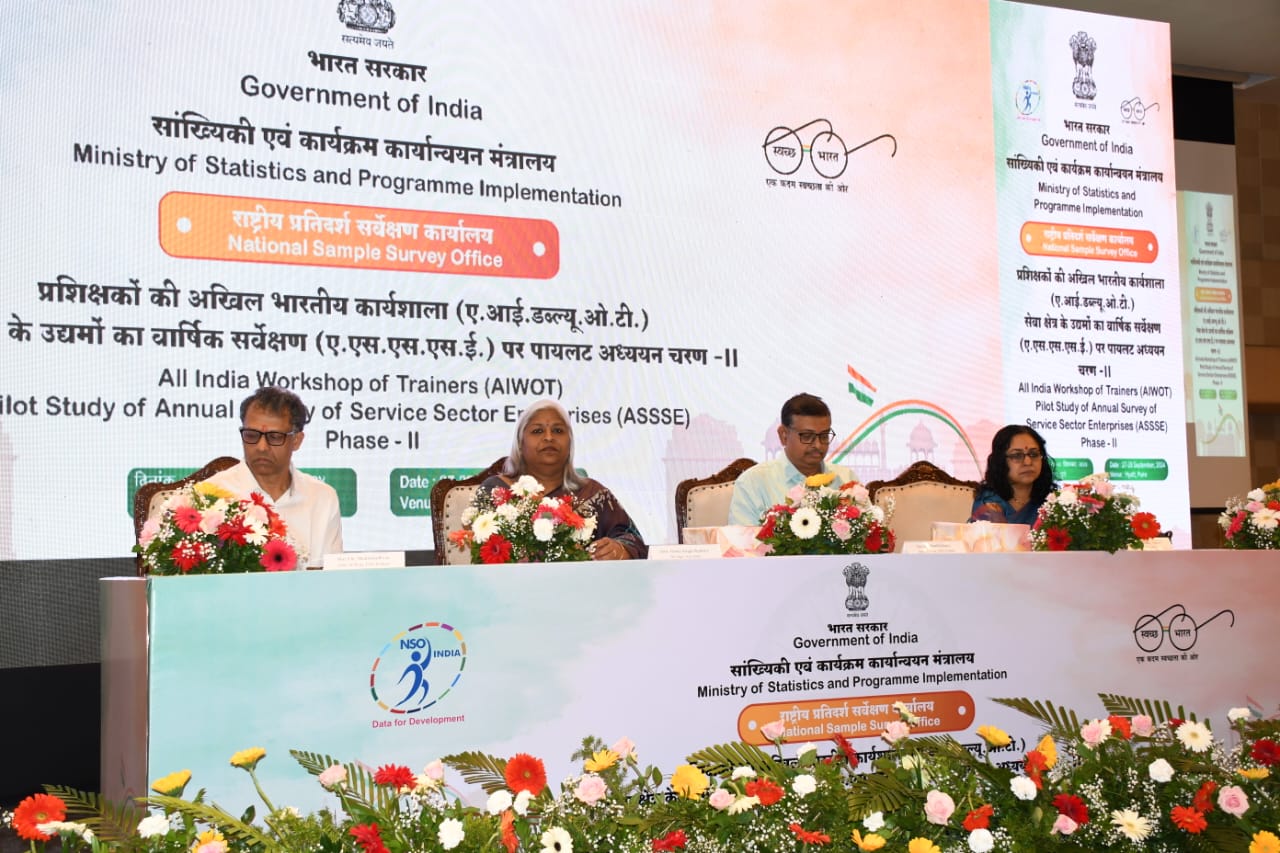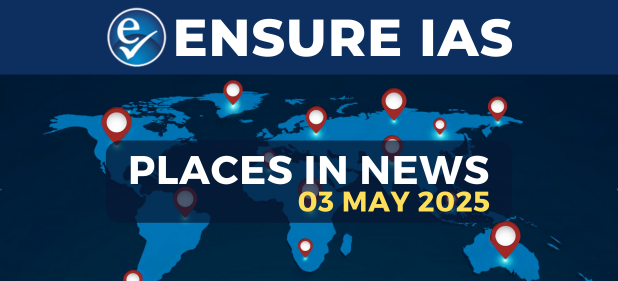- Courses
- GS Full Course 1 Year
- GS Full Course 2 Year
- GS Full Course 3 Year
- GS Full Course Till Selection
- CSAT
- 5 LAYERED ARJUNA Mentorship
- Public Administration Optional
- Online Program
- GS Recorded Course
- NCERT (Recorded 500+ Hours)
- Polity Recorded Course
- Geography Recorded Course
- Economy Recorded Course
- AMAC Recorded Course
- Modern India, Post Independence & World History
- Environment Recoded Course
- Governance Recoded Course
- Science & Tech. Recoded Course
- International Relations and Internal Security Recorded Course
- Disaster Management Module Course
- Ethics Recoded Course
- Essay Recoded Course
- Current Affairs Recoded Course
- ABOUT US
- OUR TOPPERS
- TEST SERIES
- FREE STUDY MATERIAL
- VIDEOS
- CONTACT US
Inclusion of Traditional Medicine
Inclusion of Traditional Medicine
16-10-2023

Latest Context
In October, 2023 Central Government has sought for Ayurveda and related systems to be included in 11th revision of World Health Organisation’s (WHO’s) International Classification of Diseases (ICD-11) as Module-2.
- The traditional Indian medicine system is categorized into Ayurveda, Siddha, Unani and Yoga, Naturopathy, and Homoeopathy.
Module-2 of ICD
- Aim is to put the Indian system of medicine on the world map and provide it with a common standardized language.
- Development of Module-2 relies on implementation knowledge obtained from National Ayush Morbidity and Standardized Terminologies Electronic (NAMASTE) portal and Ayush Health Information Management System (A-HIMS).
- Notable, Previously, ICD-11 included Module-1 that covers traditional medicine conditions originating in ancient China, which is now commonly used in Japan, Korea etc.

India’s quest to update ICD-11
- Universal Language: The ICD provides a universal language that enables healthcare professionals worldwide to share standardized information.
- Traditional Medicine Module: The 11th revision includes a module dedicated to traditional medicine conditions, offering a standardized way to collect and report data on these conditions internationally.
- Formal Recognition: Ayurveda and related Indian traditional healthcare systems are formally recognized and widely practised in India, making a strong case for their inclusion.
- Chinese Medicine Inclusion: After a decade of consultations, ICD-11 included Module-1, covering traditional medicine conditions originating in ancient China.
About ICD
|
Established |
|
|
Latest Version |
|
|
Purpose |
|
|
Authority |
|
|
Scope |
|
|
Uses |
|
|
Coding System |
|
|
Global Applicability |
|
|
Updates |
|
Significance of ICD-11
- Provides a list of diagnostics categories to collect and report on traditional medicine conditions in an internationally comparable manner.
- Link traditional medicine practices with global conventional medicine’s norms and standard development.
- Enable integration of traditional medicine into insurance coverage and reimbursement systems, in line with WHO objectives relating to universal health coverage.



